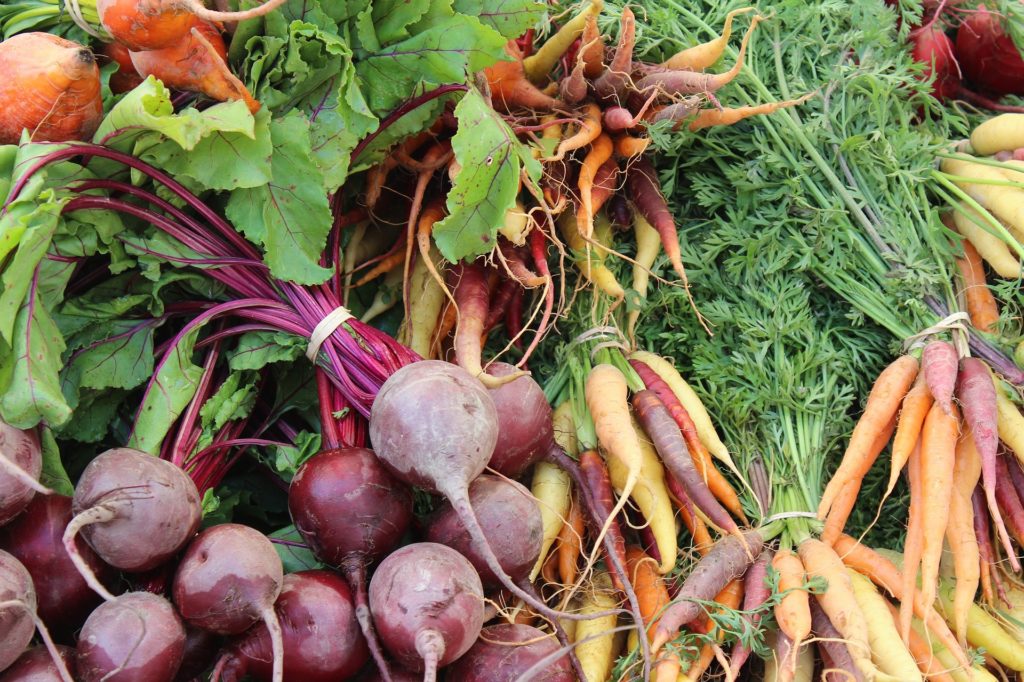
Whether you’re gardening outside or decorating with indoor plants, it’s important to know what to plant per season. This is especially true in Australia, a place with so many different climate zones.
Although indoor plants seem resilient, it’s still important to consider what an impact your climate area has on what you choose to grow when you’re getting ready to decorate with plants.
Below, we’ll describe the different Australian climates, and suggest plants that grow well in each zone.
Did you know that 70% of Australia’s landmass is considered arid or semi-arid? This means that the vast majority of the country receives 250mm or less rainfall per year.
Therefore, any plants you grow in Australia’s northern states, especially outdoors, need to be able to withstand intense heat and droughts. Try planting some of these hardy options below:
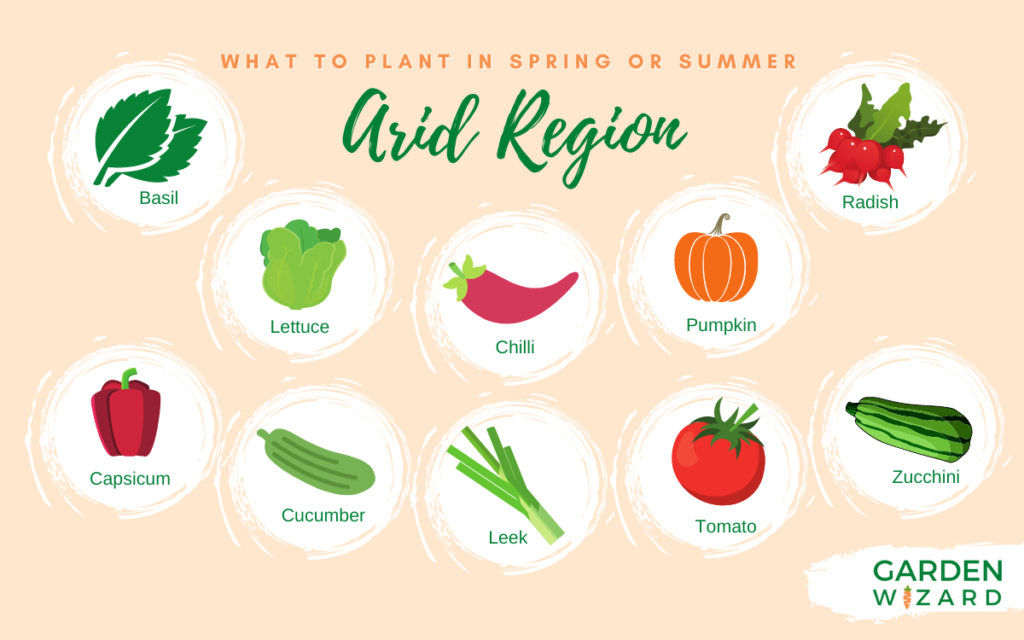
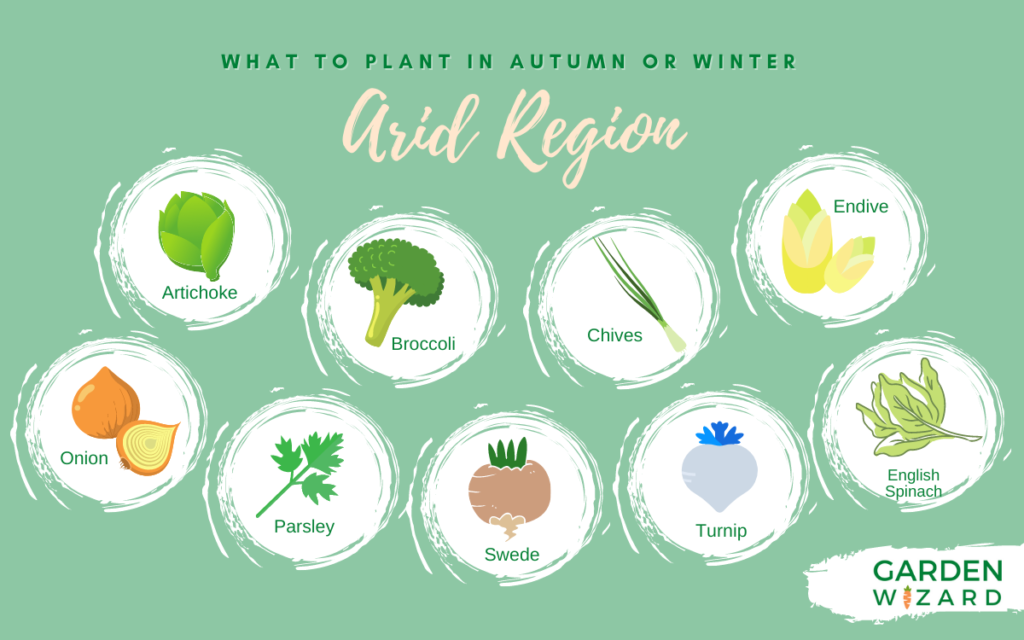
Houseplant suggestions for this region include the fiddle leaf fig, which enjoys indirect sunlight and only needs occasional watering, and tillandsia, which hails from the deserts of Mexico. These only need infrequent spritzing in the summer – they actually survive by drawing nutrients from the air! Tillandsia also makes great office plants for this reason; they can sit on your desk looking pretty, needing little tending.
This cooler region in Australia’s southernmost states has mild to warm summers and cold winters that can even experience snowfall.
In this region, you’ll want to spend more on hearty indoor plants that will withstand the colder winters with partial sunlight.
Try some of these plants below:
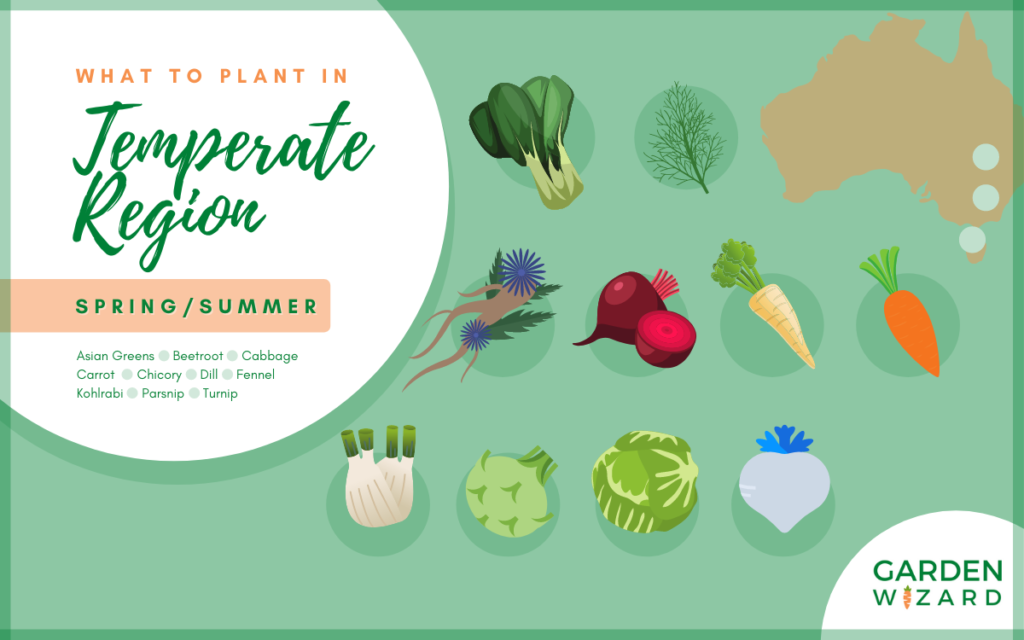
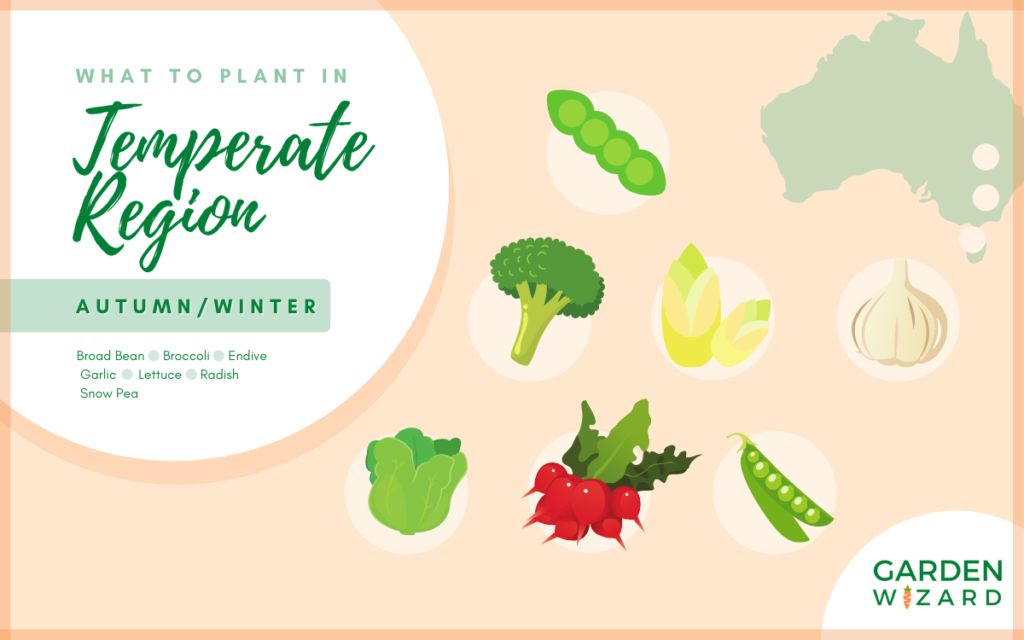
Indoor plants suited to the cooler temperate region includes devil’s ivy. This easy plant doesn’t care whether it’s in a light or dark spot, as long as it’s watered regularly. Rubber plants are also happy in a sunny spot – just wipe their leaves with a damp cloth every so often to promote growth. They’ll grow to the size pot they’re planted in, so they can be as big or small as you like!
Australia’s tropics are defined by humid, wet weather all year round, with temperatures consistently above 18 degrees Celcius. The northernmost coast of Australia is its tropical region.
Planting in this area should incorporate species that love humidity and don’t mind frequent downpours. Try these:
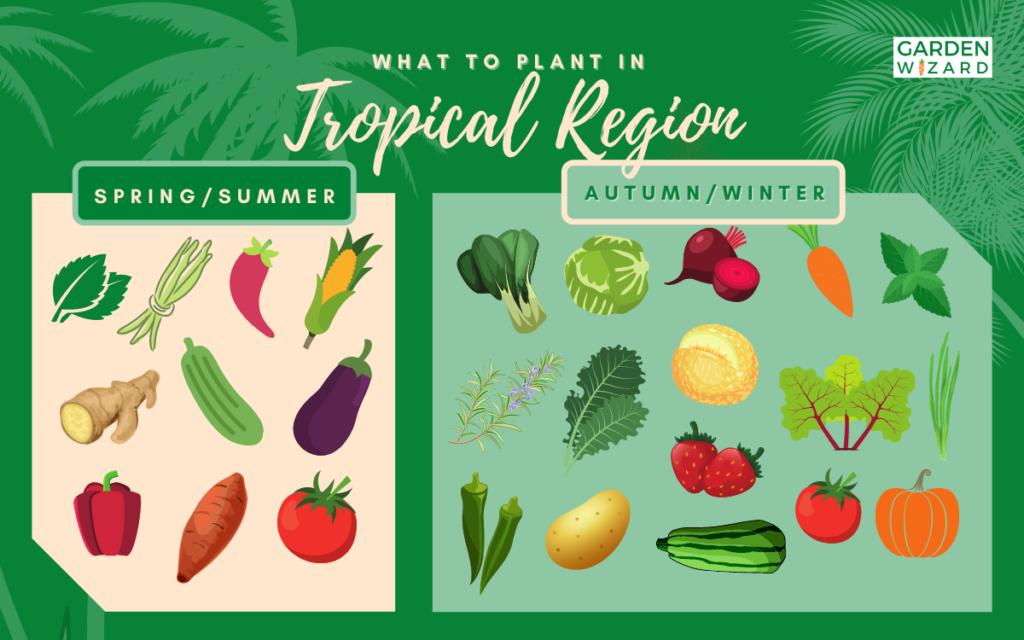
Houseplants recommended for tropical temperatures include Monstera Deliciosa (cheeseplant) – this species loves humidity, so will thrive in the bathroom, but be warned that they grow large! Light and humidity-loving calathea are also a good option, just keep it regularly watered with distilled water (it’s fussy about tap).
Australia’s subtropical regions can be found on Queensland’s east coast, such as the cities of Sydney and Canberra, and in WA’s south, including its capital, Perth.
This climate zone experiences warm, humid summers and mild dry winters. Try picking plants with bright, bold colors and dramatic textures and shapes. Plants in these climates must be able to endure heat, humidity, and periods of both heavy rain and intense drought.
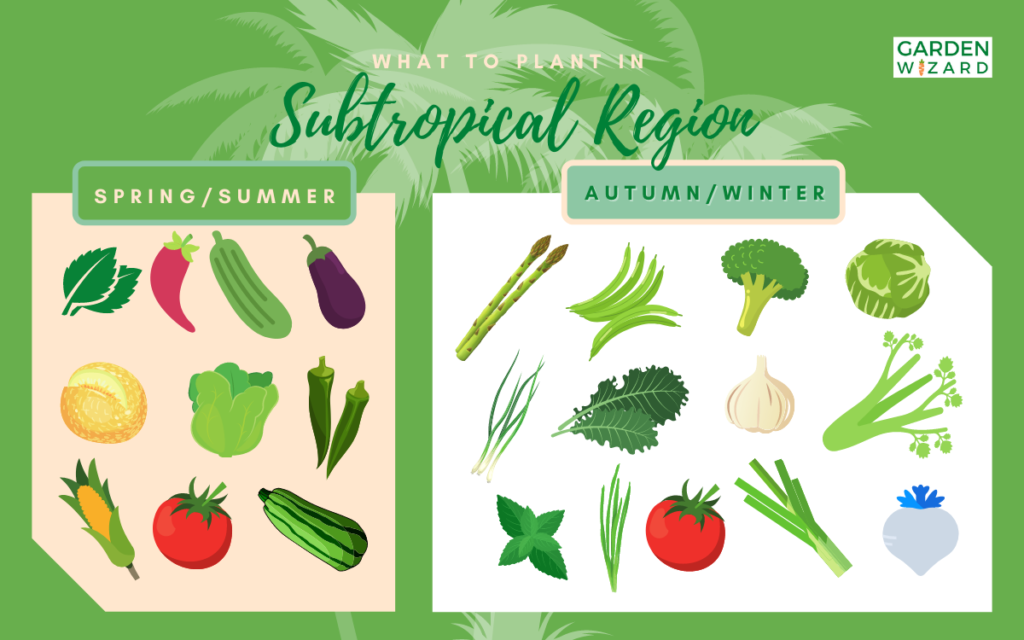
Indoor plants for the subtopical region include string of pearls, which loves indirect light, not too much water, and pots with good drainage. ZZ plants, which are unfussy about food, water, and light conditions, will stay alive through both dark and wet and bright and dry seasons.
Bear in mind that our regional suggestions are by no means a complete list! For more crop ideas suited to your area, why not check out local farms and garden centres? Ask green-thumbed neighbours to find out what they recommend growing.
The golden rule for gardening in Australia is to check what works for your climate zone before planting. While mostly hot and dry, different parts of the country experience extremely varied weather conditions throughout the year. Some species do far better in the northern tropics, while others will thrive best in the southern temperate climate.
To avoid disappointment and a failed garden, make sure that your desired plants are suited to your zone.